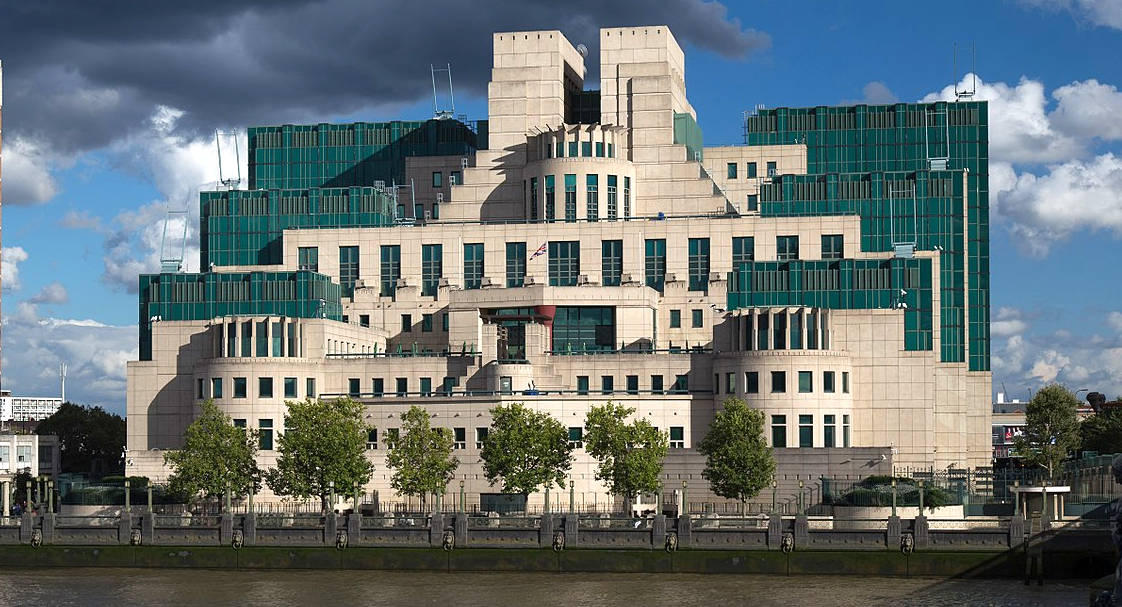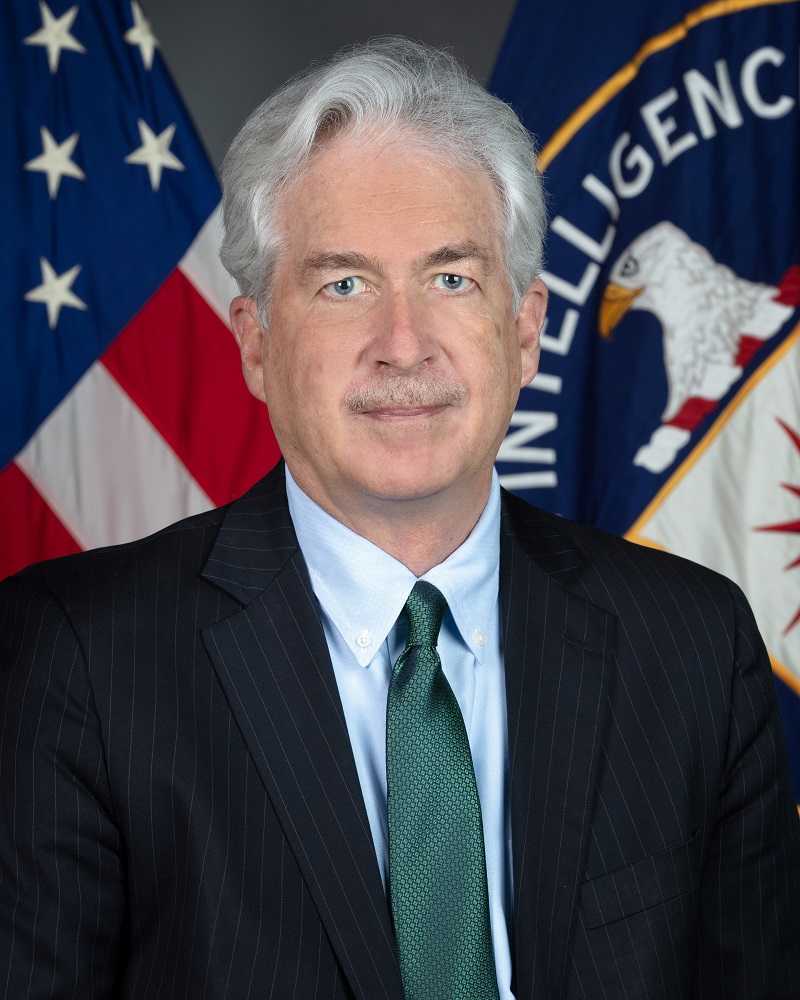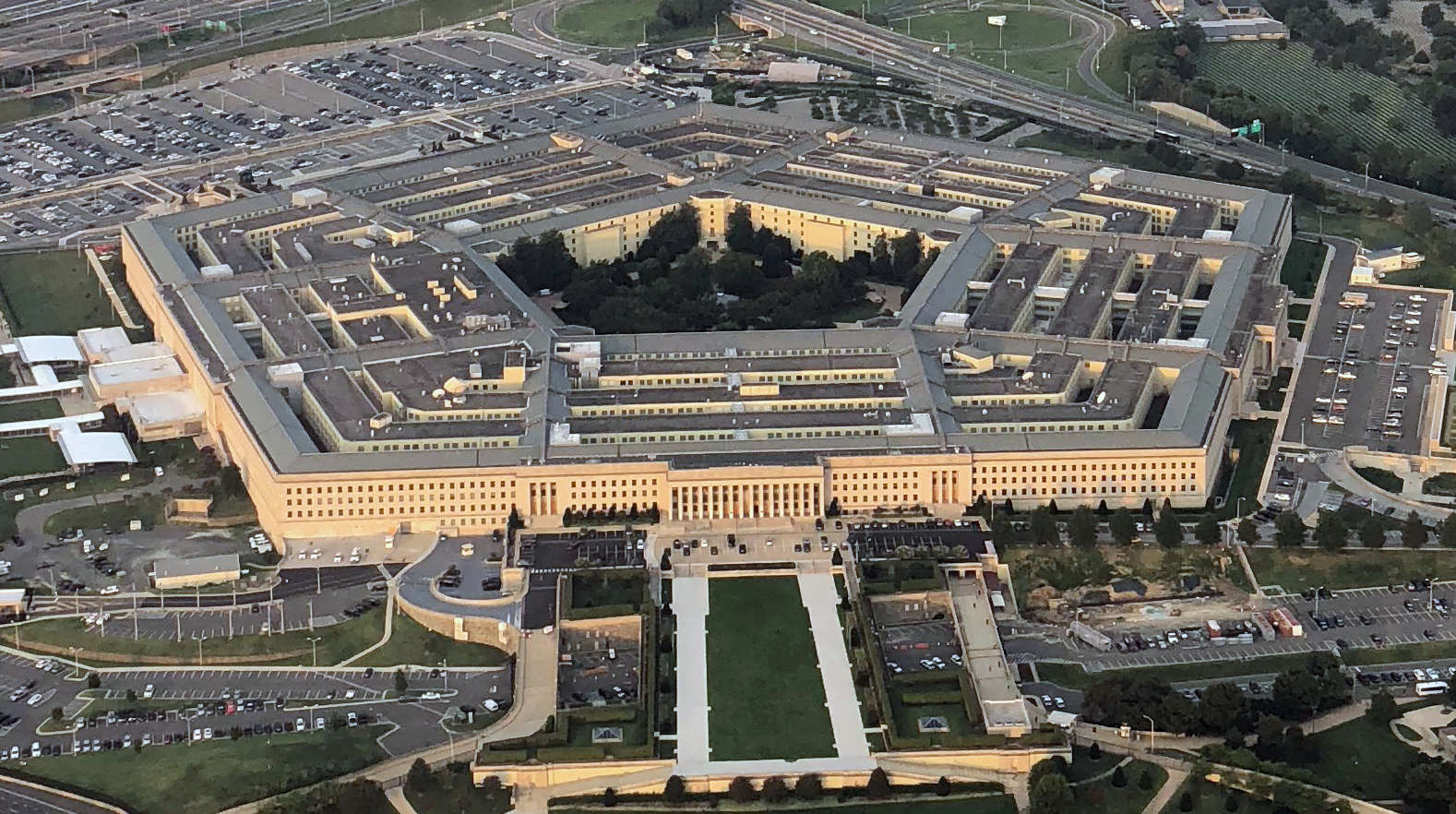|

SIS
(MI6) headquarters, London, River Thames
The Secret Intelligence Service (SIS), commonly known as MI6 (Military Intelligence, Section 6), is the foreign intelligence service of the United Kingdom, tasked mainly with the covert overseas collection and analysis of human intelligence on foreign nationals in support of its Five Eyes partners. SIS is one of the British intelligence agencies and the Chief of the Secret Intelligence Service ("C") is directly accountable to the Foreign Secretary.
Formed in 1909 as the foreign section of the Secret Service Bureau, the section grew greatly during the First World War officially adopting its current name around 1920. The name "MI6" originated as a convenient label during the Second World War, when SIS was known by many names. It is still commonly used today. The existence of SIS was not officially acknowledged until 1994. That year the Intelligence Services Act 1994 (ISA) was introduced to Parliament, to place the organisation on a statutory footing for the first time. It provides the legal basis for its operations. Today, SIS is subject to public oversight by the Investigatory Powers Tribunal and the Intelligence and Security Committee of Parliament.
The stated priority roles of SIS are counter-terrorism, counter-proliferation, providing intelligence in support of cyber security, and supporting stability overseas to disrupt terrorism and other criminal activities. Unlike its main sister agencies, Security Service (MI5) and Government Communications Headquarters (GCHQ), SIS works exclusively in foreign intelligence gathering; the ISA allows it to carry out operations only against persons outside the British
Islands. Some of SIS's actions since the 2000s have attracted significant controversy, such as its alleged complicity in acts of enhanced interrogation techniques and extraordinary rendition.
Since 1994, SIS headquarters have been in the SIS Building in London, on the South Bank of the
River
Thames.
...
WAR ON TERROR
During the Global War on Terror, SIS accepted information from the CIA that was obtained through torture, including the extraordinary rendition programme. Craig Murray, a UK ambassador to Uzbekistan, had written several memos critical of the UK's acceptance of this information; he was then sacked from his job.
AFGHANISTAN & IRAQ
Following the September 11 attacks, on 28 September the British Foreign Secretary approved the deployment of MI6 officers to Afghanistan and the wider region, utilising people involved with the mujahadeen in the 1980s and who had language skills and regional expertise. At the end of the month, a handful of MI6 officers with a budget of $7 million landed in northeast Afghanistan, where they met with General Mohammed Fahim of the Northern Alliance and began working with other contacts in the north and south to build alliances, secure support, and to bribe as many Taliban commanders as they could to change sides or leave the fight.
During the United States invasion of Afghanistan, the SIS established a presence in Kabul following its fall to the coalition. MI6 members and the British Special Boat Service took part in the Battle of Tora Bora. After members of the 22nd Special Air Service (SAS) Regiment returned to the UK in mid-December 2001, members of both territorial SAS regiments remained in the country to provide close protection to SIS members.
In mid-December, MI6 officers who had been deployed to the region began to interview prisoners held by the Northern Alliance. In January 2002, they began interviewing prisoners held by the Americans. On 10 January 2002, an MI6 officer conducted his first interview of a detainee held by the Americans. He reported back to London that there were aspects of how the detainee had been handled by the US military before the interview that did not seem consistent with the Geneva Conventions.
Two days after the interview, he was sent instructions, copied to all MI5 and MI6 officers in Afghanistan, about how to solve concerns over mistreatment, referring to signs of abuse: "Given that they are not within our custody or control, the law does not require you to intervene to protect this." It went on to say that the Americans had to understand that the UK did not condone such mistreatment and that a complaint should be made to a senior US official if there was any coercion by the US in conjunction with an MI6 interview.
Prior to the 2003 invasion of Iraq, allegations were made that some SIS members conducted Operation Mass Appeal, which was a campaign to plant stories about Iraq's WMDs in the media. The operation was exposed in The Sunday Times in December
2003. Claims by former weapons inspector Scott Ritter suggest that similar propaganda campaigns against Iraq dated back to the 1990s. Ritter says that SIS recruited him in 1997 to help with the propaganda effort, saying "the aim was to convince the public that Iraq was a far greater threat than it actually was."
Towards the end of the invasion, SIS officers operating out of Baghdad International Airport with Special Air Service (SAS) protection, began to re-establish a station in Baghdad and began gathering intelligence, in particular on WMDs. After it became clear that Iraq did not possess any WMDs, MI6 officially withdrew pre-invasion intelligence about them. In the months after the invasion, they also began gathering political intelligence; predicting what would happen in post-Baathist Iraq. MI6 personnel in the country never exceeded 50; in early 2004, apart from supporting Task Force Black in hunting down former senior Ba'athist party members, MI6 also made an effort to target "transnational terrorism"/jihadist networks that led to the SAS carrying out Operation Aston in February 2004: They conducted a raid on a house in Baghdad that was part of a "jihadist pipeline" that ran from Iran to
Iraq that US and UK intelligence agencies were tracking suspects on – the raid captured members of Pakistan based terrorist group.
Shortly before the Second Battle of Fallujah, MI6 personnel visited JSOCs TSF (Temporary Screening Facility) at Balad Air Base to question a suspected insurgent. Afterwards, they raised concerns about the poor detention conditions there. As a result, the British government informed JSOC in Iraq that prisoners captured by British special forces would only be turned over to JSOC if there was an undertaking not to send them to Balad. In spring 2005, the SAS detachment operating in Basra and southern Iraq, known as Operation Hathor, escorted MI6 case officers into Basra so they could meet their sources and handlers. MI6 provided information that enabled the detachment to carry out surveillance operations. MI6 were also involved in resolving the Basra prison incident; the SIS played a central role in the British withdrawal from Basra in 2007.
In Afghanistan, MI6 worked closely with the military, delivering tactical information and working in small cells alongside Special Forces, surveillance teams, and GCHQ to track individuals from the Taliban and Al Qaeda.
The first MI6 knew of the US carrying out the mission that killed Osama bin Laden on 2 May 2011 was after it happened, when its chief called his American counterpart for an
explanation. In July 2011 it was reported that SIS had closed several of its stations, particularly in Iraq, where it had several outposts in the south of the country in the region of Basra. The closures have allowed the service to focus its attention on Pakistan and Afghanistan, which are its principal stations.[108] On 12 July 2011, MI6 intelligence officers, along with other intelligence agencies, tracked two British-Afghans to a hotel in Herat, Afghanistan, who were discovered to be trying to establish contact with the Taliban or al-Qaeda to learn bomb-making skills; operators from the SAS captured them and they are believed to be the first Britons to be captured alive in
Afghanistan since 2001.
By 2012, MI6 had reorganised after 9/11 and reshuffled its staff, opening new stations overseas, with Islamabad becoming the largest station. MI6's increase in funding was not as large as that for MI5, and it still struggled to recruit at the required rate; former members were rehired to help out. MI6 maintained intelligence coverage of suspects as they moved from the UK overseas, particularity to Pakistan.
In October 2013, SIS appealed for reinforcements and extra staff from other intelligence agencies amid growing concern about a terrorist threat from Afghanistan and that the country would become an "intelligence vacuum" after British troops withdraw at the end of 2014.
In March 2016, it was reported that MI6 had been involved in the Libyan Civil War since January of that year, having been escorted by the SAS to meet with Libyan officials to discuss the supplying of weapons and training for the Syrian Army and the militias fighting against ISIS. In April 2016, it was revealed that MI6 teams with members of the Special Reconnaissance Regiment seconded to them had been deployed to Yemen to train Yemeni forces fighting AQAP, as well as identifying targets for drone strikes. In November 2016, The Independent reported that MI6, MI5 and GCHQ supplied the SAS and other British special forces a list of 200 British jihadists to kill or capture before they attempt to return to the UK. The jihadists are senior members of ISIS who pose a direct threat to the UK. Sources said SAS soldiers have been told that the mission could be the most important in the regiment's 75-year history.

SELECTION AND TRAINING
SIS agents are often chosen based on merit and skill by authorities at elite universities and military academies. The chosen recruit then must make a his or hers application within the United Kingdom, must be a British citizen or have been a resident of the UK for at least ten years. First, all recruits must pass the basic civil service entry exam before being introduced to a panel of SIS officers during an in-depth competency-based interview. If the interviewee passes, then finally, a detailed background and security check is provided for each candidate.
Training for recruits takes place at Fort Monckton, Portsmouth. The chosen candidates must go through a intense six-month training programme known as the Intelligence Officer's New Entry Course
(IONEC). IONEC recruits must learn how to select and handle agents, to operate undercover identity and use tradecraft skills such as dead drops, surveillance and counter-surveillance techniques, secret writing and code writing. These skills would enable the incoming agents to successfully use these techniques during complex missions and operations.
After the training programme ends, recruits will be fully inaugurated as SIS agents. SIS recruits rely on the United Kingdom Special Forces
(UKSF) for special operations and basic training, SIS operatives also receive training in firearm use, which includes pistols and submachine guns, although it would be rare for an SIS agents to use or even carry a firearm in the line of duty.
A special programme for recruits, stemming from an ethnic minority or low socio-economic background, a joint SIS, MI5, GCHQ Summer Intelligence Internship is available. If a would be recruit is in his or hers final (or penultimate) year of university (as of the 2023/24 academic year) that recruit will be chosen by academics to be admitted into the internship.

The
Pentagon, Arlington, Virginia, USA
PARAMILITARY
E Squadron is the sole paramilitary group within SIS. There is limited information about the squadron in the public domain, and it was not until the 1990s that it was officially recognized by the British government. Although the Government has declassified some information about the squadron, details about its operations generally remain secret. Before the 1990s, the group was known mainly by pseudonym The Increment.
Out of all the British special forces units, E Squadron is a branch of the wider UKSF and many of its combatants are hand-picked to work with the SIS. The group is available for undertaking any task at the requirement of the both UKSF Directorate and SIS. It is manned by operators from the Special Air Service
(SAS), Special Boat Service (SBS) and the Special Reconnaissance Regiment
(SRR).

"We have gold because we cannot trust governments," President Herbert Hoover famously said in 1933 in his statement to Franklin D. Roosevelt. The Emergency Banking Act, forced all Americans to convert their gold coins, bullion, and certificates into U.S. dollars, to stop the outflow of gold reserves during the Great Depression. The writing was on the wall, but nobody could read it.

WORLD
WAR THREE
In
the event of an international nuclear holocaust, World
War Three will wipe out London, MI6 headquarters and most of the
United Kingdom.
CHAPTERS
| CHARACTERS
| MEDIA
|
MOVIE REF |
SCREENPLAYS
|




